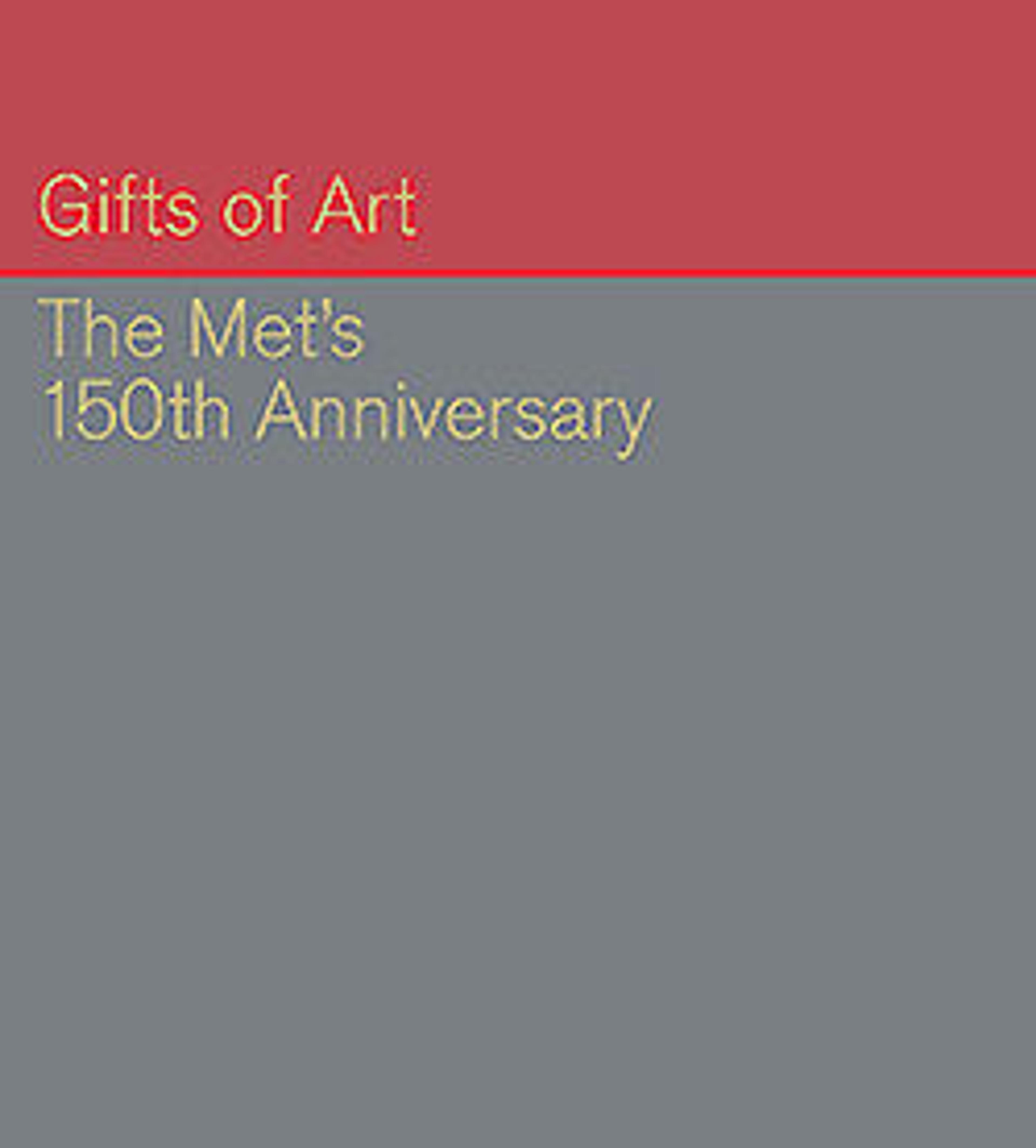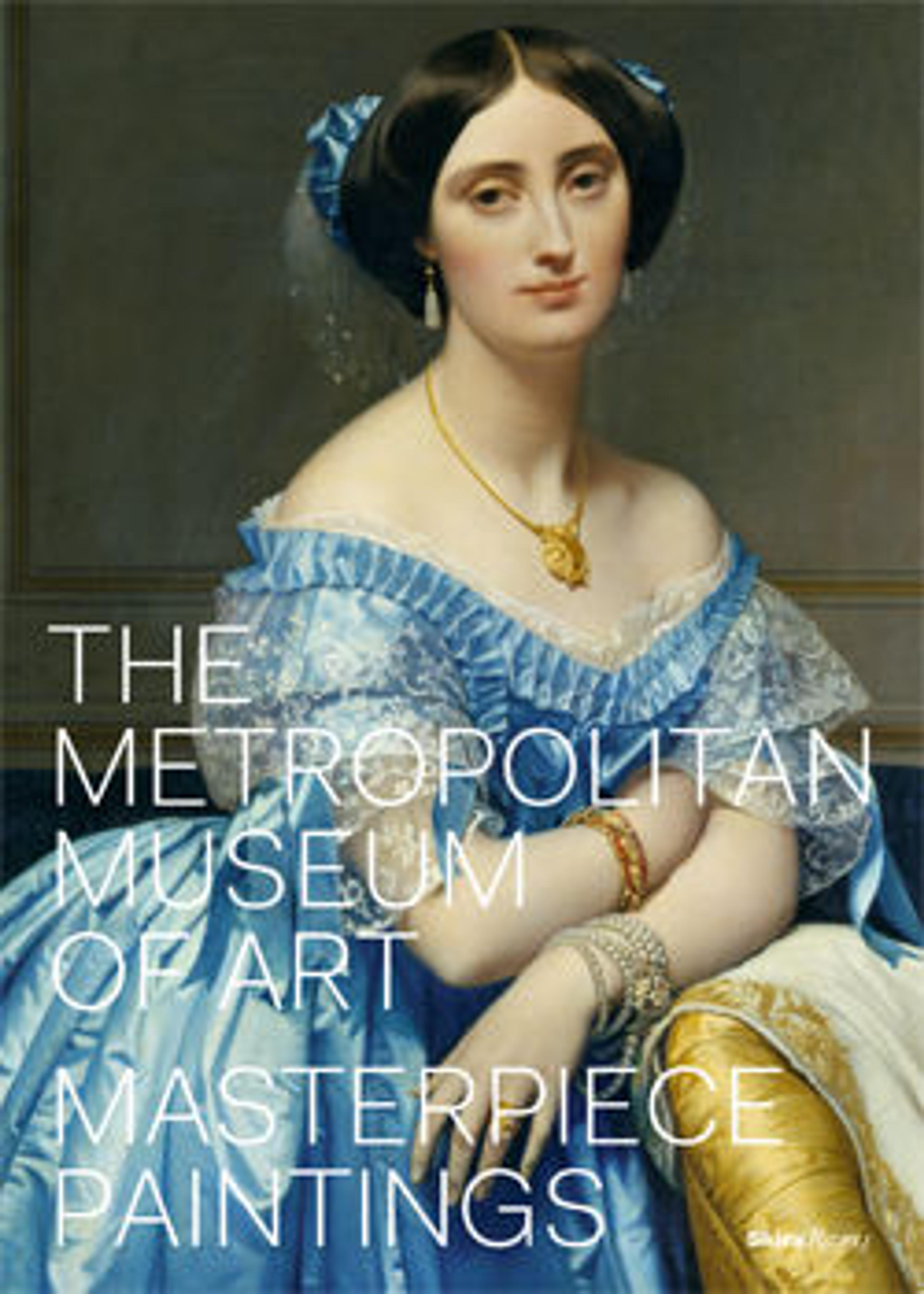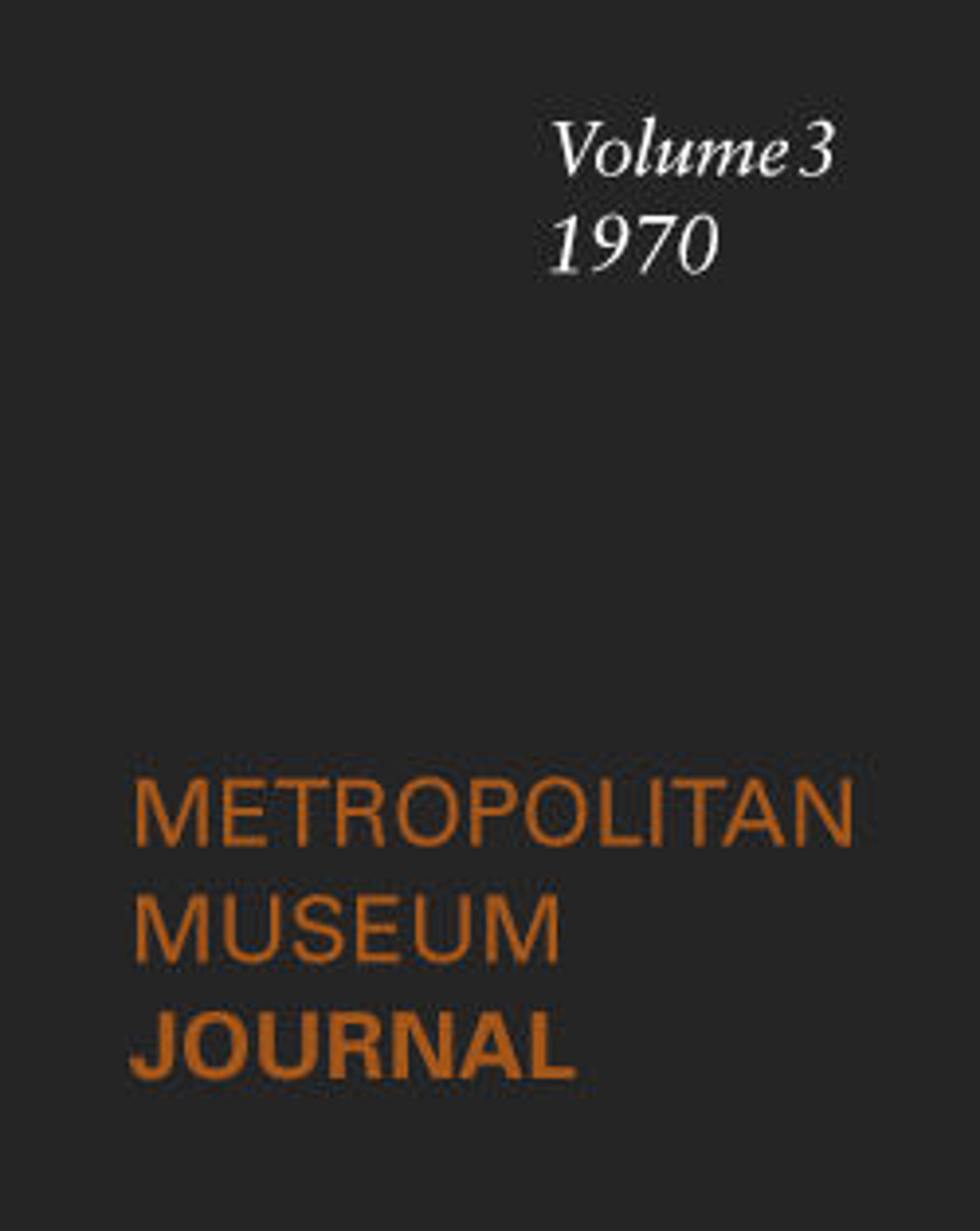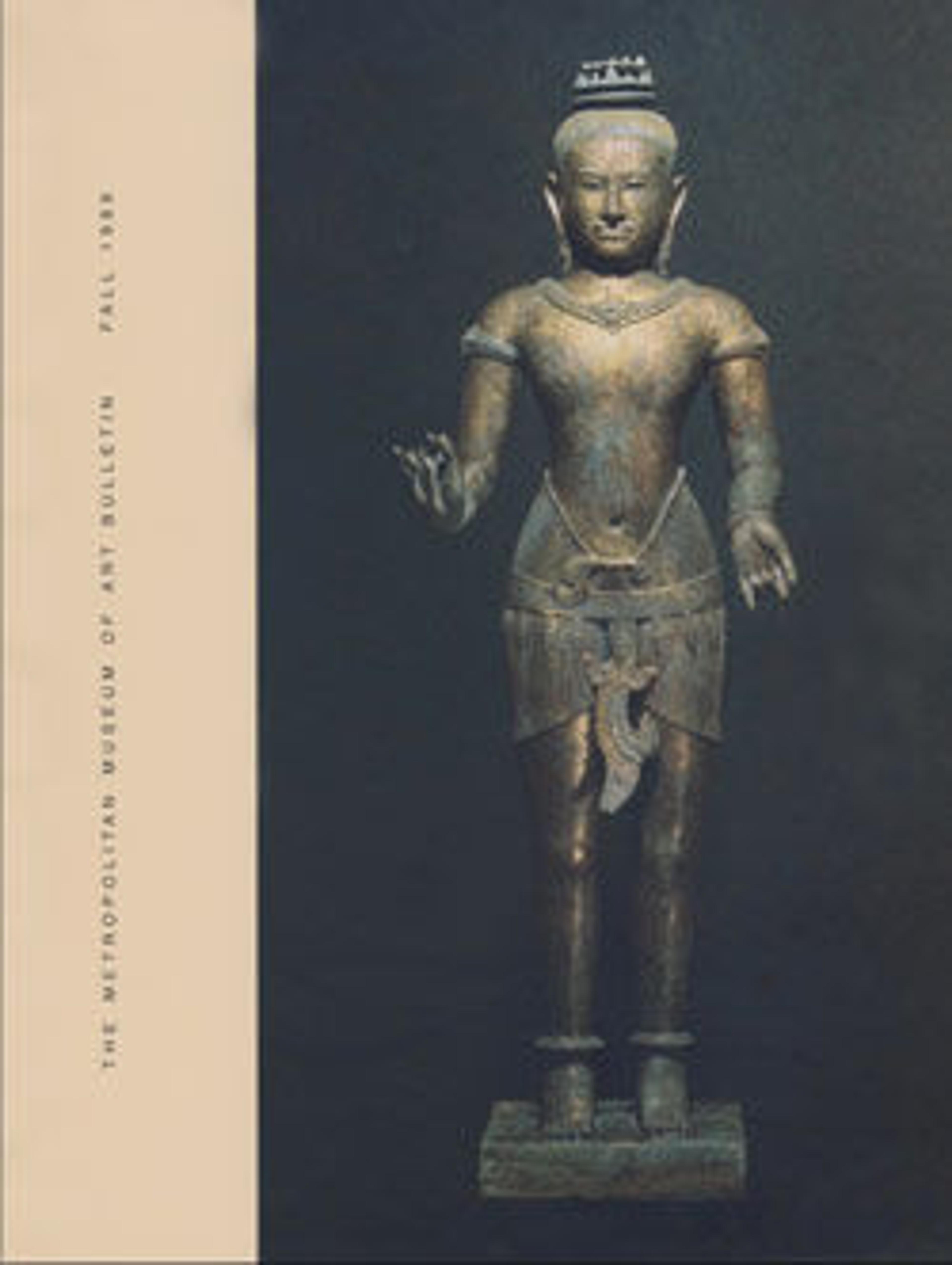![Vanities: Art of the Dressing Table [adapted from The Metropolitan Museum of Art Bulletin, v. 71, no. 2 (Fall, 2013)]](https://cdn.sanity.io/images/cctd4ker/production/c1f683ed3f60d30e370c886ebf4ab45ad29a77b4-250x324.jpg?w=3840&q=75&fit=clip&auto=format)
Vanities: Art of the Dressing Table
The Metropolitan Museum's vast collections include a seemingly infinite variety of objects, some more familiar than others. Among these is the dressing table, or vanity, to which this issue of the Bulletin is dedicated. This volume and the exhibition it accompanies, "Vanities: Art of the Dressing Table," provide an overview of the origins and development of the dressing table from antiquity to the present day. What emerges is a refreshing and surprising cross section of works from the Museum's curatorial departments, including an Egyptian storage box, a nineteenth-century Japanese cosmetics stand, and a streamlined Jazz Age vanity by noted American designer Norman Bel Geddes, to name just a few.
Fine Furnishings and other accoutrements designed specifically for men and women to use while preparing to dress have been created throughout the centuries, from utilitarian pieces to serve our most basic domestic needs to matchless luxury objects that are also powerful statements about social class and status. Among the standouts in the Museum's collections is a combination table by Martin Carlin, a German-born cabinetmaker active in Paris in the late eighteenth century, just as the dressing table reached the apogee of its evolution as a marker of social ascendance. The Carlin table is one of many splendid gifts to the Museum from Jayne Wrightsman that demonstrate her profound knowledge of and devotion to the decorative arts of eighteenth-century France. Armand-Albert Rateau's dressing table, a triumph of French Art Deco elegance, is another superb example of the variety of this furniture form. To those important pieces we can now add a dressing table that allows us to update the story of the vanity for the present day: a starkly beautiful stone, steel, and marble ensemble, by Korean artist Byung Hoon Choi, whose echoes of ancient Korean tomb architecture underscore some of the complex themes traditionally associated with the vanity and elucidated in both the exhibition and the Bulletin.
"Vanities: Art of the Dressing Table" brings to fruition the longtime vision of Jane Adlin, associate curator in the Department of Modern and Contemporary Art. She was aided by a number of curators, conservators, and outside scholars who contributed significant findings about the furniture as well as the many equally elaborate accessories. We are also grateful to Lori Zabar, research assistant in the Department of Modern and Contemporary Art, who provided critical assistance at many stages of the project.
Met Art in Publication
You May Also Like
Press the down key to skip to the last item.




